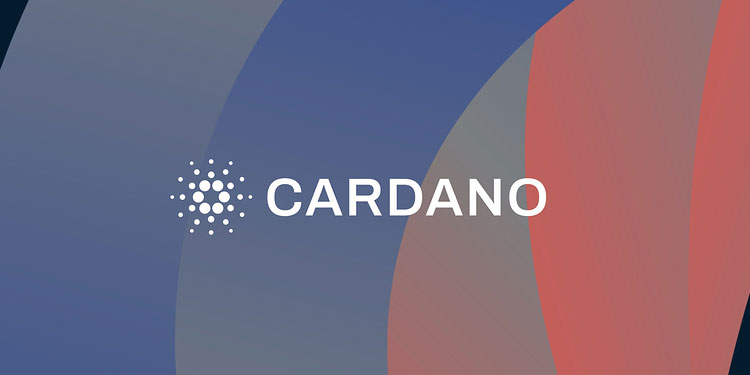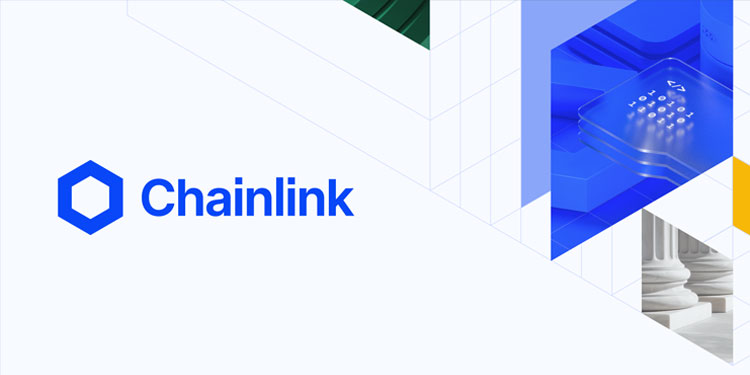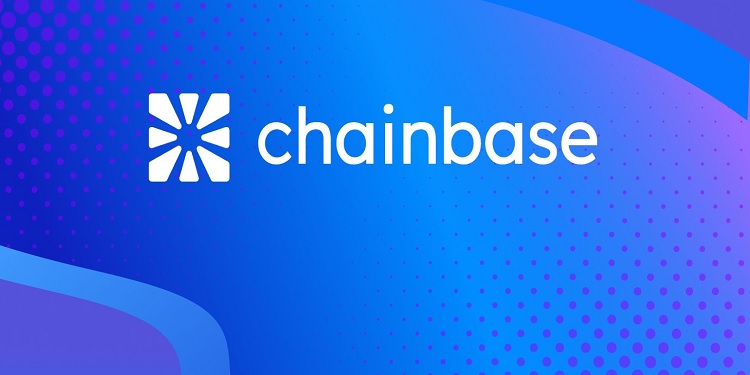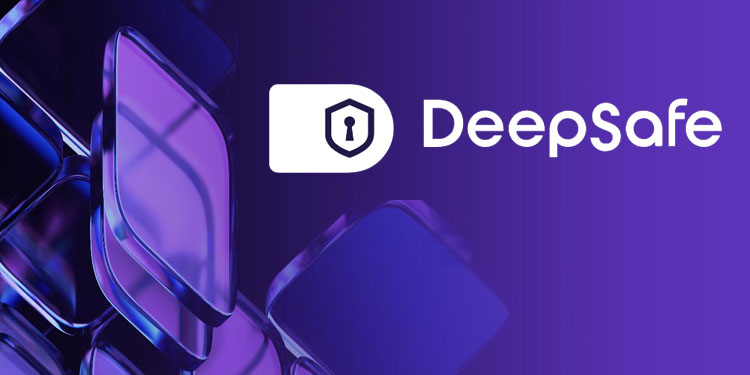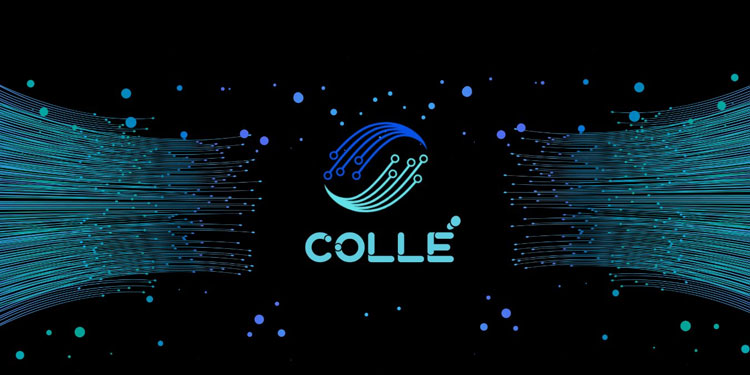Cardano has recently entered into key partnerships with several prominent blockchain networks, including Polkadot, Algorand, and Avalanche, in an effort to enhance interoperability and foster innovation across the blockchain ecosystem. The platform has also expanded its collaboration with Hedera and Ripple. These partnerships mark a significant step in Cardano’s journey to improve blockchain technology, as the collective expertise and resources of these networks will help streamline transactions and boost overall efficiency.
The partnerships are a reflection of Cardano’s broader ambitions to expand its network while maintaining its focus on security and sustainability. By joining forces with Polkadot, Cardano aims to enhance cross-chain interactions, making it easier for users to navigate between decentralized applications (dApps) on different networks. Polkadot’s unique technology facilitates the integration of two blockchains, a feature that can allow seamless interaction between Cardano and other blockchain platforms. This integration is expected to open up new opportunities for developers and users alike, promoting a more interconnected and user-friendly blockchain environment.
Collaborations to Enhance Speed, Scalability, and User Experience
Cardano’s partnership with Algorand is set to significantly improve its network performance, particularly in terms of speed and scalability. Algorand’s technology is designed to handle thousands of transactions per second, a feature that could greatly enhance Cardano’s ability to manage large volumes of data and user interactions. This collaboration will likely result in a faster and more efficient Cardano network, with improved scalability that can accommodate a growing user base without compromising performance.
Avalanche, another key partner, brings expertise in low-latency transactions to the table. Avalanche’s technology is known for its ability to provide fast transaction confirmation times and lower transaction fees. By integrating Avalanche’s low-latency capabilities, Cardano users can expect a smoother and quicker experience when interacting with the network. This partnership is expected to lead to a noticeable improvement in the overall user experience, making blockchain transactions more efficient and cost-effective.
The partnerships with Hedera and Ripple also add further depth to Cardano’s collaborative efforts. Hedera’s consensus algorithm, which ensures fast and secure transactions, will contribute to Cardano’s goal of maintaining high levels of security while improving transaction speed. Ripple, which specializes in cross-border payments, will share its expertise in this area, potentially transforming how users experience international transactions on Cardano’s network. The combination of these alliances could bring about significant changes in the way blockchain technology is used for global financial operations, creating a more efficient and accessible system for users worldwide.
🚨BREAKING: #Cardano has been working with #Polkadot, #Algorand, #Avalanche and have an alliance with #Hedera and #Ripple 🤯@avax $AVAX @AlgoFoundation @Polkadot $DOT $ALGO @hedera #HBAR $ADA $XRP pic.twitter.com/Uw4DirfYDy
— Polkadot Leader (@PolkadotLeader) October 21, 2024
Cardano 2.0 and Future Development Plans
Charles Hoskinson, the founder of Cardano, recently shared insights into the platform’s future during a presentation from Argentina. He outlined Cardano’s plans beyond the current Voltaire era, referring to the upcoming phase as “Cardano 2.0.” Hoskinson indicated that the next stage of development will prioritize improvements in scalability, decentralization, and security. He also discussed how the “partner chains” formed through these new alliances will allow Cardano to interact more easily with other blockchain networks. This interconnectedness is expected to enhance Cardano’s functionality and broaden its use cases within the blockchain ecosystem.
The recent partnerships are part of Cardano’s ongoing efforts to position itself among the top blockchain platforms. By collaborating with some of the most technologically advanced blockchain networks, Cardano is strengthening its platform’s capabilities while addressing key challenges such as transaction speed, scalability, and cross-chain interoperability. These developments are likely to make Cardano a more attractive option for developers, businesses, and users who are looking for a secure and efficient blockchain platform.
Market Performance and Future Outlook
Cardano’s recent technical developments have also been reflected in its market performance. At the time of writing, the price of ADA, Cardano’s native token, saw a 3.84% increase in the last 24 hours, trading at $0.3645. The platform’s market capitalization stands at $12.75 billion, with a 74.33% surge in daily trading volume, indicating growing market interest and attention. As Cardano continues to innovate and expand its network through strategic partnerships, it is expected to maintain its upward trajectory in both technical development and market presence.
The strategic alliances with Polkadot, Algorand, Avalanche, Hedera, and Ripple are likely to have long-term positive effects on Cardano’s ecosystem. By focusing on improving interoperability, scalability, and security, Cardano is positioning itself to meet the demands of an evolving blockchain landscape. These collaborations not only reinforce Cardano’s technological strengths but also set the stage for future growth, making it a formidable player in the blockchain industry.
Conclusion: A Promising Future for Cardano
Cardano’s recent partnerships underscore its commitment to innovation and its drive to become a leader in the blockchain space. By joining forces with other key blockchain networks, Cardano is set to improve its technological infrastructure while offering users enhanced functionality and a better overall experience. As blockchain technology continues to evolve, Cardano’s strategic collaborations are likely to play a crucial role in shaping the future of decentralized finance and blockchain innovation.

